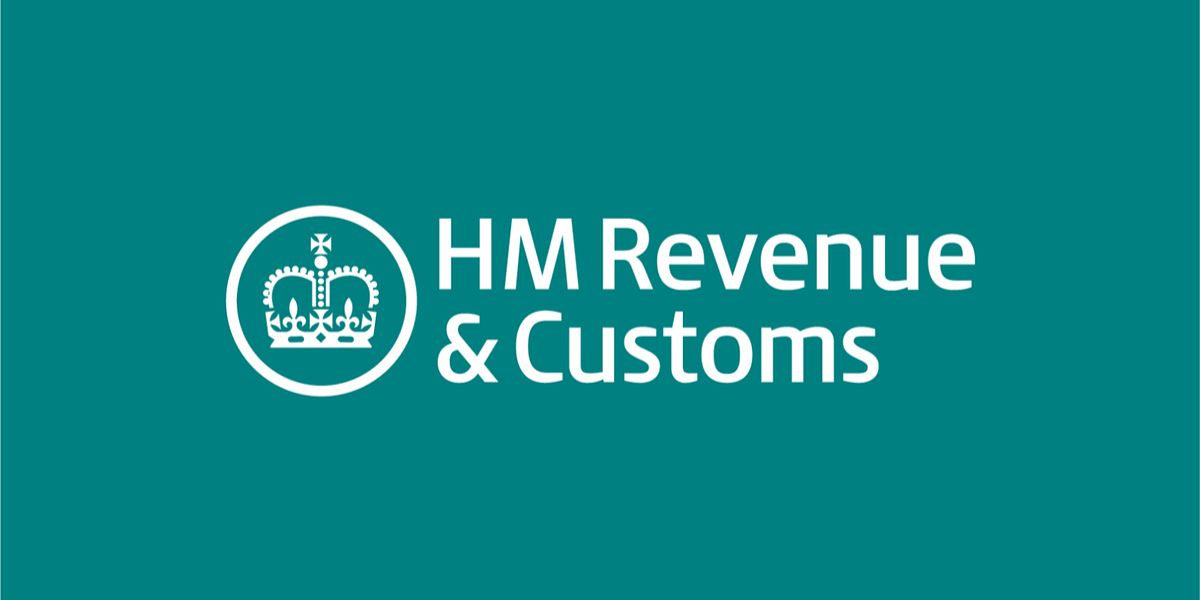On 25 July 2022 the UK published a summary of responses to the call for evidence on improvements to the UK customs regime. Comments were invited earlier in 2022 on how the customs system is functioning, especially in relation to the customs intermediary sector, the Simplified Customs Declarations Process and the Transit facilitation.
Customs intermediaries
Respondents reported that they used customs intermediaries for a broad range of services, such as making customs declarations, arranging transportation of goods, operating warehouses and general advice on customs. Generally the cost of an intermediary was proportionate to the services provided, but there was a wide variation in costs between intermediaries. Most commentators considered they had generally received a satisfactory service from their intermediary, but there were cases of poor quality services.
Intermediaries noted a broad range of factors that drive their pricing including market competition, the number of declarations per client, software costs, staff training and wages, the complexity of the customs declarations and the quality of data provided to them.
Traders considered that automation of areas such as data collection processes would help innovation in the sector. The complexity of government systems and difficulty of accessing relevant customs information were seen as obstacles to innovation.
Suggestions from stakeholders included the simplification of government customs systems and infrastructure, and action to deal with non-compliant intermediaries. Some respondents suggested introducing regulation in the form of licensing or standards, to improve the quality of the sector.
Simplified Customs Declarations Process (SCDP)
The SCDP is an electronic declaration process under which fiscal and statistical controls are carried out inland. In a two stage process, traders provide less data than a full customs declaration at the frontier and follow this up later with a supplementary declaration. This speeds up the flow of trade at the borders.
There was generally positive feedback on the SCDP. Larger traders and intermediaries mentioned the advantages of SCDP for clearing high volumes of goods at the border. Smaller traders were more likely to use intermediaries to complete their customs declarations.
Suggestions for improvement included simplifying the authorisation process, improving form C21 (the customs clearance request form) and extending the deadline to submit supplementary declarations for imports beyond the fourth working day. A large number of respondents suggested that an online user portal should be created, containing a guided step-by-step guide to the application process with detailed examples.
Transit
Currently traders use Transit for speeding up the border clearance process and suspending duty, value added tax and excise payments until the final point of destination. The majority of these users are large businesses operating just-in-time supply chain models, such as logistics specialists, fast parcel operators and automotive manufacturers. Small businesses are more likely to use Transit through an intermediary.
Suggestions for improvement included clearer guidance on Transit; moving the application process online; and introducing a facility to track Transit movements in real time. Respondents considered that the main advantage of using Transit was to remove friction at the border, speed up delivery times and reduce storage overheads.
To help them negotiate the process many of the businesses used the Transit guidance on the UK government website. Most businesses reported that the requirement for a Customs Comprehensive Guarantee (CCG) was the highest cost incurred in the process and was the main barrier to using Transit.
In response to feedback HMRC has formed a ‘Task and Finish’ Group with members of the Joint Customs Consultative Committee (JCCC), to review the guidance on the government website and design other guidance products.
Next steps
The government will take steps to implement process and operational enhancements as a result of the feedback.



















